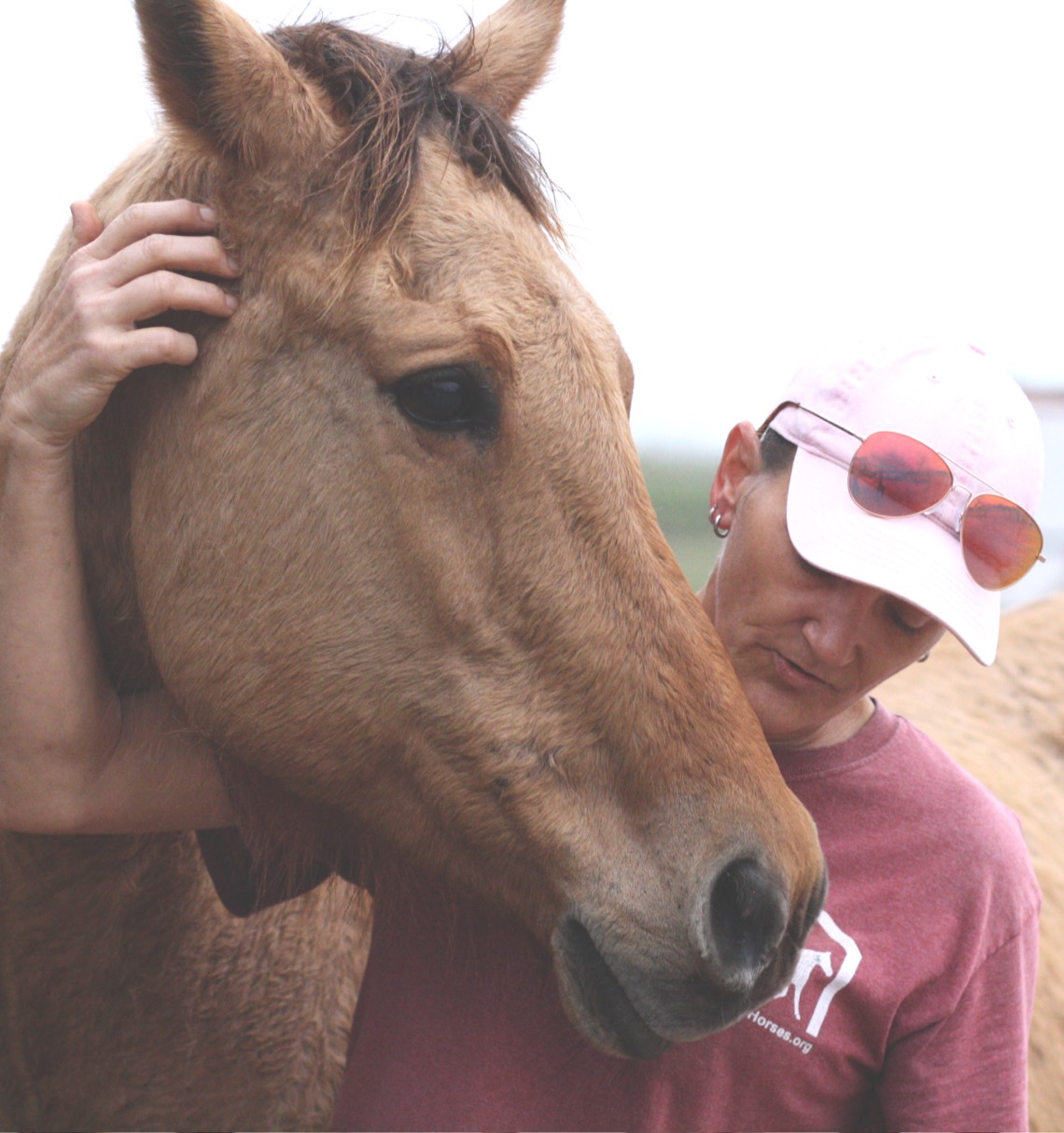Vet gives horses a second life with artificial limbs
Few people realize that artificial limb surgery for horses has been around for over 30 years. Most of the public perceives that a horse with a broken leg means that the horse must be “put down” or to go to slaughter. We owe it to our equine friends to do the best that we can to maintain their quality of life since they are in our care. Just because a horse can no longer be ridden does NOT mean they cannot have many wonderful years ahead of them. ~ HfH
From: Billings Gazette
By: Jan Falstad
Amputating a horse’s leg and replacing it with a prosthetic is expensive and, even if successful, leaves a horse unable to be worked or ridden again.
But for some owners facing the possibility of euthanizing a beloved pet or fixing a severely injured leg, the rare surgery is an option, even in The Kingdom of Bhutan in the remote Himalayas.
Veterinarian Ted Vlahos, who runs two equine clinics in Sheridan and Cody, Wyo., has opened one in Billings.
In 2012, he traveled to Bhutan to examine Maya, one of the region’s short and tough Mongolian horses. A back leg had been shattered, apparently after being hit by a heavy vehicle. An American woman living in the Hindu kingdom east of Nepal between India and China adopted Maya and arranged for Vlahos to treat the horse.
After considerable planning, Vlahos flew from Wyoming to Bhutan, a country that measures not just its people’s income, but their “Gross National Happiness.”
This wasn’t a-stow-your-bag-under-a-seat trip.
The mobile hospital filled 10 shipping cases, including a $150,000 digital imaging machine.
“There was not an X-ray machine in the country. We brought everything,” he said.
Once he examined Maya, he found that amputation wasn’t necessary. Maya’s leg could be fixed with two large bone plates held by 20 screws.
“I was probably one of the few Americans in there at that time,” he said. “The country was beautiful and that horse did well.”
Before surgery, Bhutan leaders asked Vlahos to train three native vets to assist him and to share some equine knowledge.
Although Vlahos waived his normal fee, the procedure halfway around the world cost about $35,000, including about $1,500 for excess baggage charges.
In the U.S., the exotic surgery costs up to $15,000, which includes the operation and two months of follow-up care. Designing and building the artificial leg is $5,000 of the total cost.
“We take a leg so badly shattered. We remove the source of the pain and we repair the leg, so the horse can walk again,” he said. “They can do really well, wonderfully with it.”
Because a horse can weigh around 1,000 pounds or more, the operation is different from a human amputation.
When a human leg is amputated, the stump must heal before the artificial limb is fitted.
A horse must get on its feet immediately after surgery and start walking on a custom leg built with titanium, graphite and fiberglass. The stump has to heal with the leg attached, a process that takes a month to 40 days.

